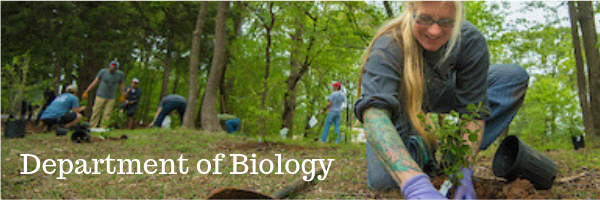
Faculty and Student Publications
Document Type
Article
Publication Date
7-1-2019
Abstract
© 2019 The Authors. Understanding soil systems is critical because they form the structural and nutritional foundation for plants and thus every terrestrial habitat and agricultural system. In this paper, we encourage increased use of mathematical models to drive forward understanding of interactions in soil ecological systems. We discuss several distinctive features of soil ecosystems and empirical studies of them. We explore some perceptions that have previously deterred more extensive use of models in soil ecology and some advances that have already been made using models to elucidate soil ecological interactions. We provide examples where mathematical models have been used to test the plausibility of hypothesized mechanisms, to explore systems where experimental manipulations are currently impossible, or to determine the most important variables to measure in experimental and natural systems. To aid in the development of theory in this field, we present a table describing major soil ecology topics, the theory previously used, and providing key terms for theoretical approaches that could potentially address them. We then provide examples from the table that may either contribute to important incremental developments in soil science or potentially revolutionize our understanding of plant-soil systems. We challenge scientists and mathematicians to push theoretical explorations in soil systems further and highlight three major areas for the development of mathematical models in soil ecology: Theory spanning scales and ecological hierarchies, processes, and evolution.
Relational Format
journal article
Recommended Citation
Bennett, A. E., Preedy, K., Golubski, A., Umbanhowar, J., Borrett, S. R., Byrne, L., Apostol, K., Bever, J. D., Biederman, L., Classen, A. T., Cuddington, K., Graaff, M., Garrett, K. A., Gross, L., Hastings, A., Hoeksema, J. D., Hrynkiv, V., Karst, J., Kummel, M., … Zhu, J. (2019). Beyond the black box: promoting mathematical collaborations for elucidating interactions in soil ecology. Ecosphere, 10(7). https://doi.org/10.1002/ecs2.2799
DOI
10.1002/ecs2.2799
Accessibility Status
Searchable text

